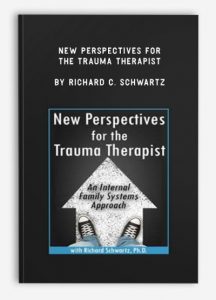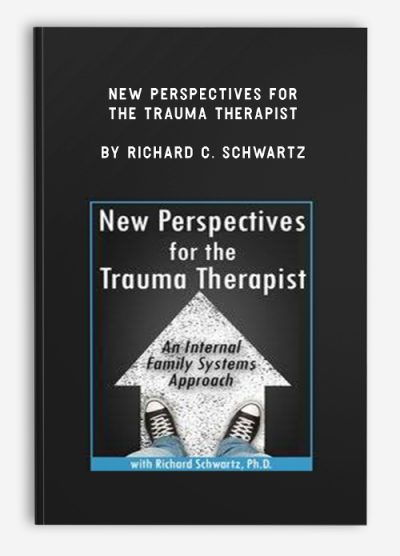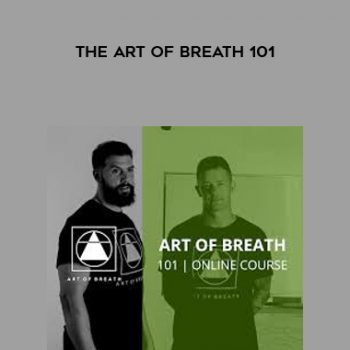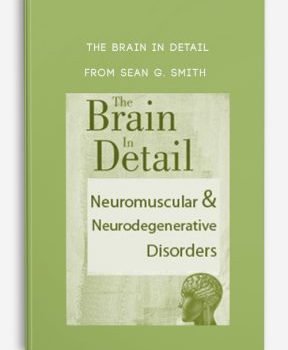 New Perspectives for the Trauma Therapist by Richard C. Schwartz
New Perspectives for the Trauma Therapist by Richard C. Schwartz
More information about Medical:
Medicine is the science and practice of establishing the diagnosis, prognosis, treatment, and prevention of disease.
Medicine encompasses a variety of health care practices evolved to maintain and restore health by the prevention and treatment of illness.
Contemporary medicine applies biomedical sciences, biomedical research, genetics, and medical technology to diagnose, treat, and prevent injury and disease,
typically through pharmaceuticals or surgery, but also through therapies as diverse as psychotherapy, external splints and traction, medical devices, biologics, and ionizing radiation, amongst others.
Medicine has been around for thousands of years, during most of which it was an art (an area of skill and knowledge) frequently having connections to the religious and
philosophical beliefs of local culture. For example, a medicine man would apply herbs and say prayers for healing, or an ancient philosopher and physician would apply bloodletting according to the theories of humorism.
In recent centuries, since the advent of modern science, most medicine has become a combination of art and science (both basic and applied, under the umbrella of medical science).
While stitching technique for sutures is an art learned through practice, the knowledge of what happens at the cellular and molecular level in the tissues being stitched arises through science.
Description
One of the chief obstacles to effective trauma treatment can be the therapist’s view of trauma symptoms like dissociation, rage, and suicidal thoughts as frightening evidence of deep pathology, rather than an expression of the natural human impulse toward self-protection. This workshop will demonstrate how the IFS model offers a way to enter into clients’ inner ecology without the overemphasis on containment and stabilization that’s common in trauma work today. You’ll learn an approach that moves more quickly by honoring clients’ inner protectors, getting their permission to access inner exiles, and contacting the core Self—a reservoir of calm, wisdom, and inner leadership. You’ll discover how to:
- Distinguish among a client’s “parts”—including protectors, managers, and exiles—and communicate and negotiate with each one
- Honor clients’ inner protectors and transform them to move quickly and effectively through the process of healing
- Shift the role of the therapist from primary attachment figure to a container who opens the way for the client’s core Self to emerge
- Use methods for honestly and transparently handling situations in which traumatized clients may trigger you
The Parts Perspective
Goal of Therapist
Understanding the Goal of the Parts
Reducing the Client’s Fear
Accept the Voices
Vulnerable Parts and How to Work with Them
Improve the Relationship Between Parts
Map of Parts: Exiles, Managers, Firefighters
Rules of Parts That Protect the Self
Respect the Protectors
Vulnerability Reveals the Gift
Process of Therapy
Working with the Parts
Appreciating the Gift
Developing Trust with Parts
Including the Body
Inviting Qualities to Enter the Body
Clove of the Garlic
More information about Medical:
Medicine is the science and practice of establishing the diagnosis, prognosis, treatment, and prevention of disease.
Medicine encompasses a variety of health care practices evolved to maintain and restore health by the prevention and treatment of illness.
Contemporary medicine applies biomedical sciences, biomedical research, genetics, and medical technology to diagnose, treat, and prevent injury and disease,
typically through pharmaceuticals or surgery, but also through therapies as diverse as psychotherapy, external splints and traction, medical devices, biologics, and ionizing radiation, amongst others.
Medicine has been around for thousands of years, during most of which it was an art (an area of skill and knowledge) frequently having connections to the religious and
philosophical beliefs of local culture. For example, a medicine man would apply herbs and say prayers for healing, or an ancient philosopher and physician would apply bloodletting according to the theories of humorism.
In recent centuries, since the advent of modern science, most medicine has become a combination of art and science (both basic and applied, under the umbrella of medical science).
While stitching technique for sutures is an art learned through practice, the knowledge of what happens at the cellular and molecular level in the tissues being stitched arises through science.













tristian –
This is Digital Download service, the course is available at Coursecui.com and Email download delivery.